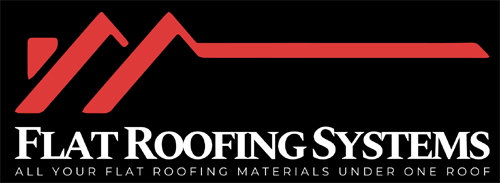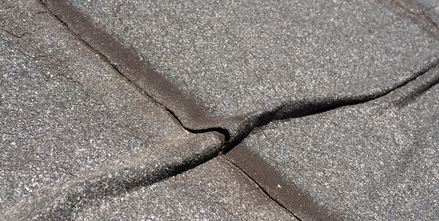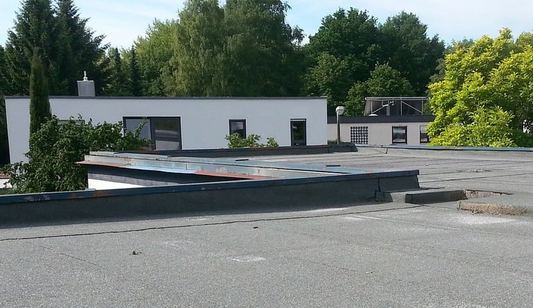Metal roofing comes in several durable materials, each with distinct advantages.
Steel offers an affordable yet robust solution, while aluminum provides lightweight corrosion resistance ideal for coastal areas. Premium options like copper and zinc deliver exceptional longevity, with copper lasting over 100 years and developing an attractive patina. All metal roofing types are highly recyclable and energy-efficient, helping reduce cooling costs through reflective properties. While initial costs vary markedly between materials, the long-term benefits of durability and minimal maintenance make metal roofing a sound investment. Exploring each material's unique characteristics can help determine the best fit for specific needs and environments.
Key Points
- Steel roofing provides excellent durability at an affordable price point, making it the most popular choice for residential and commercial applications.
- Aluminum offers superior corrosion resistance and lightweight properties, ideal for coastal areas but costs more than steel options.
- Copper roofing delivers unmatched longevity exceeding 100 years and develops an attractive patina, though it commands premium pricing.
- Zinc features self-healing properties and requires minimal maintenance, with a lifespan of 60-100 years in various climate conditions.
- Most metal roofing materials are highly recyclable and energy-efficient, contributing to reduced cooling costs and environmental sustainability.
Understanding Metal Roofing Types
Metal roofing stands as one of the most versatile and durable options in modern construction, with several distinct materials offering unique advantages. The primary types include steel, aluminum, copper, and zinc, each delivering specific performance characteristics and aesthetics.
Steel roofing provides exceptional durability at an affordable price point, while aluminum offers lightweight corrosion resistance.
Copper and zinc represent premium choices, valued for their striking appearances and longevity. Both materials develop distinctive patinas over time, enhancing their aesthetic appeal.
The environmental impact of metals is notably positive, as most metal roofing materials are highly recyclable and energy-efficient. Steel and aluminum, in particular, often contain significant recycled content, while copper and zinc's longevity reduces the need for replacement, minimizing waste over time.
Steel Roofing Solutions
Among all metal roofing materials, steel stands out as the most widely adopted solution, offering a perfect balance of durability and cost-effectiveness. Its superior steel durability makes it an excellent choice for both residential and commercial applications, while remaining more affordable than aluminum or copper alternatives.
| Type | Features | Cost Range |
|---|---|---|
| Galvanized | Rust-resistant coating | £30-60/m² |
| Galvalume | Enhanced protection | £35-75/m² |
| Weathering | Self-protecting patina | £40-80/m² |
While steel sheet roofing may not match aluminum energy efficiency ratings, modern steel roofing systems incorporate reflective coatings and insulation layers to improve thermal performance. These improvements, combined with steel's inherent strength and recyclability, make it an increasingly popular choice for sustainable building projects.
Benefits of Aluminum Materials
Aluminum's exceptional versatility makes it a premier choice for modern roofing applications. Its lightweight nature reduces structural load significantly while maintaining durability and performance. The material's natural corrosion resistance makes it particularly suitable for coastal environments where exposure to salt air can compromise other roofing materials.
One of aluminum's standout features is its energy efficiency. The material effectively reflects solar radiation, aiding in reducing cooling costs during warmer months. This reflective property, combined with aluminum's natural ability to retain heat during colder periods, contributes to year-round energy savings.
Additionally, aluminum roofing requires minimal maintenance, resists weathering, and can be fully recycled at the end of its service life, making it an environmentally conscious choice for sustainable building projects.
Why Choose Copper
Copper's timeless elegance and exceptional durability have made it a prestigious choice in architectural roofing for centuries. Its natural patina process transforms the material from a bright penny color to a distinctive green finish, enhancing its aesthetics over time. Despite higher initial costs, copper longevity often exceeds 100 years, making it a cost-effective long-term investment for discerning property owners.
Key advantages of copper roofing:
- Naturally resistant to corrosion and rust, requiring minimal maintenance
- Lightweight material that reduces structural stress on buildings
- Excellent thermal properties that contribute to energy efficiency
While copper installation challenges include proper expansion joint placement and specialized expertise requirements, the material's versatility and lasting beauty continue to make it a premier choice for high-end residential and commercial applications.
Zinc Roofing Considerations
Modern architects and builders increasingly turn to zinc roofing for its exceptional endurance and environmental benefits. With a zinc roofing longevity spanning 60-100 years, this material offers outstanding value despite its higher initial cost. The material's self-healing properties create a protective patina that shields against corrosion, making it particularly suitable for coastal environments.
| Feature | Benefit |
|---|---|
| Lifespan | 60-100 years of protection |
| Maintenance requirements | Minimal, annual inspection recommended |
| Environmental Impact | Fully recyclable, energy efficient |
While maintenance requirements are relatively low, periodic inspections are essential to ensure peak performance. Property owners should check for proper drainage and clean gutters regularly. The material's ability to adapt to temperature changes and resist severe weather conditions makes it an excellent choice for regions with varying climates, though proper installation by experienced professionals is essential for maximizing its benefits.
Rounding Up
Metal roofing materials offer compelling solutions for modern construction needs, balancing durability with aesthetic versatility. Each material type presents distinct advantages, from steel's strength and cost-effectiveness to copper's elegance and zinc's sustainability. While initial costs exceed traditional options, the long-term value proposition remains strong through reduced maintenance, energy efficiency, and exceptional longevity. These characteristics position metal roofing as an increasingly relevant choice in contemporary architecture and construction.




